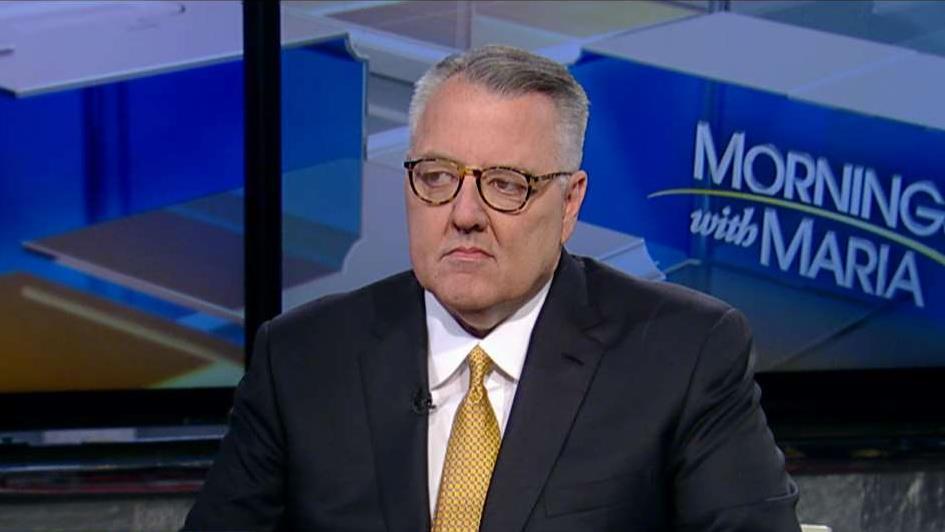Inside business in China: Motorola Solutions CEO details Huawei theft
Long before trade tensions between the U.S. and China, Motorola was thriving in what is now described as a “tough” environment to conduct business.
It began more than 45 years ago, when President Richard Nixon first visited China and spoke on a Motorola-provided satellite phone, which eventually lead to Motorola becoming one of the first companies in China.
In 1986 Robert Galvin, former chairman of the Motorola board of directors, led a delegation to China with the goal of learning how China and Motorola could benefit from investments and technology transfers. One year later Motorola was one of the very first multinationals in the country and they were thriving.
It wasn’t until about 10 years ago that Motorola found China was using Huawei as a tool to steal company secrets.
In 2010, Motorola filed a lawsuit alleging that telecom giant Huawei was stealing technology through Chinese nationals who were employees.
“Huawei definitely stole trade secrets… and we sued,” though they “subsequently settled,” said Motorola Solutions CEO Greg Brown during an exclusive interview with Maria Bartiromo on Tuesday.
And now Brown says business with China is very different.
“Market access is tough,” he said. “If you want to compete in China you have to usually, if not oftentimes, turn over your intellectual property to a local alliance. They use indigenous standards.”
That’s why Brown made the decision about 8 years ago to “essentially get out of China.” Although they’ve halted manufacturing and research and development, they still serve a market that is “conducive” to business.
According to Brown, at the height of business in China about 15 years ago, Motorola generated over $3 billion in revenue compared to $170 million today.
“So it’s a different game,” Brown said. “We are competing. We are moving forward with mission-critical communications, video surveillance and analytics and we want to be and we are the Western alternative to non-Chinese electronic content.”




















